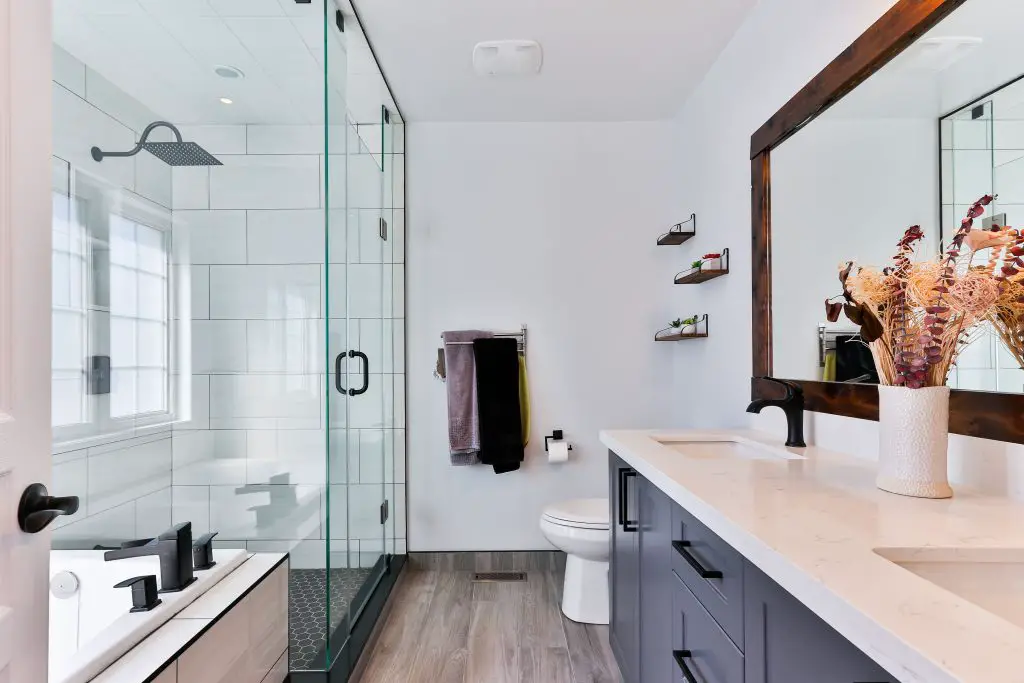There is nothing as exciting as remodeling a bathroom. You can easily let your imagination run wild and picture that free-standing tub for those afternoons when you want to pamper yourself, the rain shower you have always wanted or that double vanity that will change your life. However, that excitement is now coupled with worry because you are not sure if the plumbing can be moved or will be able to accommodate the new items, if that wall you want to be removed will be able to come down, and, most importantly, whether all this will be able to be done within your budget.
That is why the first step in bathroom remodeling is good planning—working with a bathroom remodeling contractor, deciding where each item is going to be placed in the new layout, finding out where the existing electrical and plumbing are located, and asking your contractor if they can help you get a lower price on materials such as fixtures, lighting, and other finishes. Finally, you should get a quote on the project.
Once you are ready to start, these are the steps that should be followed.
Demolition
Although swinging a sledgehammer may be how you want to start you should start by disconnecting the water supply and electricity first. Also, while taking down the tile, make sure not to damage the underlying wiring or piping. If you will be reusing the toilet, it is important not to damage it when it is removed.
Plumbing
Plumbing for the new fixtures must be placed appropriately. Whether you are going to have a double vanity, two showerheads, or a free-standing tub, plumbing should be modified as required.
Electrical
With the walls open, electrical reworking can now be done. Make adjustments for more outlets, GFCI (Ground Fault Circuit Interrupter) outlets near sinks, and other light switches.
Walls
If grab bars will be installed in the shower, the moment to put them in is now, before the walls are closed. Vapor barriers and cement boards should be installed in moist areas and drywall in others.
Painting and Tiles
At this point, you are ready to start with the finishes by either painting some walls or installing tile in others. Select paint that is resistant to the heavy moisture that will be present in the bathroom. Tiles should first be placed around the bathtub enclosure or shower walls, then on the floor. Once the tile is up, grout is applied.
Shower Wall, Exhaust Fan, and Lights
Now the door for the shower enclosure can be installed. The lighting and exhaust fan comes next.
Sink and Other Fixtures
The sink and vanity are hooked up, light switch plates, towel bars, shelving, and other finishing touches round up the job.
Work with a Reliable Bathroom Contractor
Remodeling a bathroom requires a variety of tasks because it is a complex project, which is why you should consider working with an experienced bathroom remodeling contractor who would be in charge of all the trades and will handle all aspects of the project, including pulling permits where needed. When you want to look for the right bathroom remodeler for your project, https://miamitile.com/bathroom-remodeling-miami/ recommends taking the time to explain precisely what you need and the budget you have to work with.
